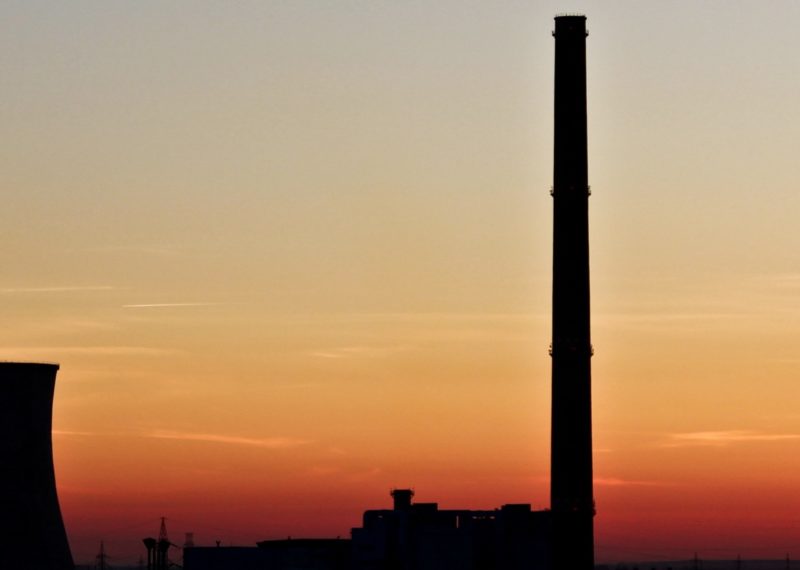Investor death spiral. Those are the words ratings agency Fitch used to describe what may happen to oil companies if electric vehicles continue to gain market share.
Activists have long argued fossil fuels are a bad investment. But this is coming from Fitch, one of the Big Three ratings agencies that, along with Moody’s and Standard & Poor’s, is charged with evaluating the financial health of most of the world’s organizations.
The argument is a variation on the “carbon bubble” theme. Like the housing bubble, the carbon bubbles encapsulates the concept that stock prices of fossil fuel companies are overvalued. They are overvalued because the current share price reflects the value of all the oil or coal these companies still hold in the ground. But if the world enacts stronger rules limiting the amount of carbon that can be burned, at least some of that oil and coal will have to stay in the ground.
However, the Fitch warning is even scarier. Instead of regulators forcing companies to keep the oil or coal in the ground, Fitch is essentially saying no one will want to burn all that carbon. If electric vehicle adoption accelerates, investors could become spooked into selling shares, thus driving up the cost of capital these firms need to make new investments.
‘They need to have a plan,” Fitch Managing Director Alex Griffiths told the Financial Times. “If they stick their heads in the sand and try and pretend it will go away, we think they will ultimately have issues.”
Fitch noted that it isn’t just oil companies threatened by a “death spiral.” Utilities that rely on coal or natural gas could also face pressure, as cheaper batteries make storing electricity from wind and solar more competitive.
Elsewhere in clean energy, union leaders laid out why they are supporting big new investments in U.S. offshore wind. Basically, it’s because the jobs are awesome.
Developer SolarReserve announced plans to build a $5-billion, 2,000 megawatt concentrated solar power plant in the Nevada desert. Several times larger than any existing solar facility, and about the size of a nuclear power plant, the project could power around one million homes.
And Wal-Mart, already using more solar than any company in the country, is now trying to figure out what to do with its growing arsenal of energy storage projects. One option: turn them into community hubs in the event of a disaster.
Steve Hargreaves writes for Nexus Media, a syndicated newswire covering climate, energy, policy, art and culture. You can follow him at @shargrea.


